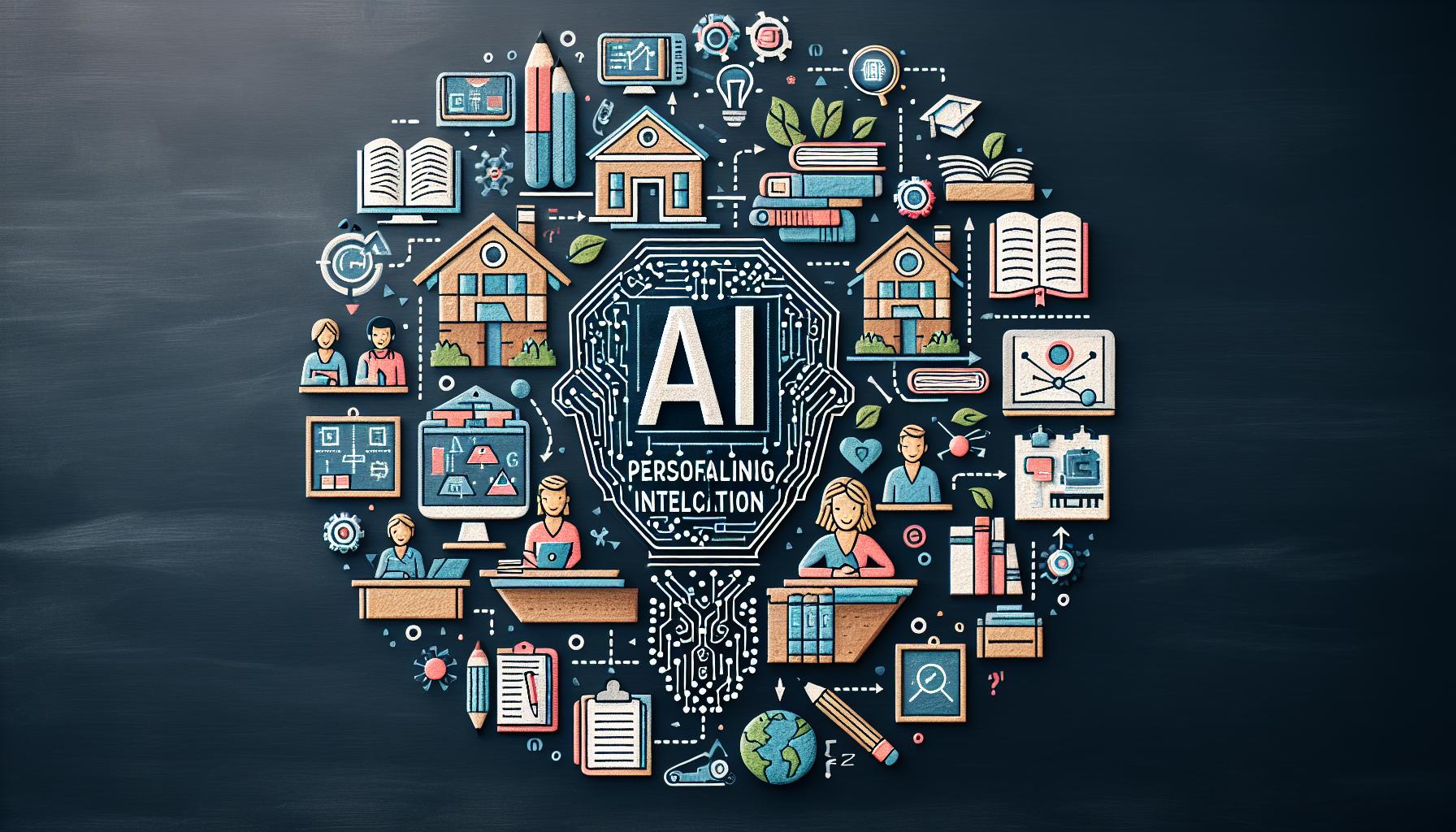Transforming Education: The Role of AI in Personalized Learning Experiences

Introduction
In the past decade, Artificial Intelligence (AI) has fundamentally altered various industries, and education is no exception. By providing personalized learning experiences, A.I. is revolutionizing the educational landscape, making it more accessible and effective for students of all ages. Intelligent Tutoring Systems (ITS), in particular, have garnered attention for their ability to adapt to the individual learning pace and style of each student, offering tailored educational materials and exercises.
The Rise of Personalized Learning
Traditional classroom settings have long been challenged by the one-size-fits-all approach, where the teaching pace and style may not suit every student. Here's where A.I. steps in, offering unique personalized learning experiences:
Adaptive Learning Paths
AI algorithms can analyze a student's performance data and tailor educational content to address their strengths and weaknesses. This ensures that each student is provided with a learning path that is most effective for their individual needs.
Real-time Feedback and Assessment
With AI-driven tools, students receive immediate feedback on their work, allowing them to understand their mistakes and learn from them instantly. This ongoing assessment helps in maintaining a continuous learning curve without delays.
Intelligent Tutoring Systems (ITS)
Intelligent Tutoring Systems are at the forefront of this transformation. These systems leverage A.I. to provide personalized support to students, often mimicking the one-on-one attention of a human tutor. Key features include:
Customized Content
ITS can curate lessons, exercises, and quizzes based on the student's current understanding and knowledge gaps. For example, if a student faces difficulty in a particular math concept, the system can offer additional practice problems and step-by-step solutions related to that concept.
Pacing and Engagement
Every student learns at their own pace, and ITS can adapt the speed and difficulty of lessons accordingly. This prevents students from becoming overwhelmed or disengaged, thereby fostering a more productive learning environment.
Learning Style Adaptation
Recognizing that students have different learning styles—some may be visual learners while others prefer auditory or kinesthetic learning—ITS can present information in various formats suitable to each learner's preference.
Broader Impacts on Education
Beyond individualized learning, A.I. holds the potential to address broader educational challenges:
Scalability
With AI, scalable personalized education becomes feasible. Schools and educational institutions can provide high-quality education to a larger number of students without compromising on individualized attention.
Equality of Opportunities
AI can bridge educational gaps by providing resources to students in underprivileged or remote areas, where access to quality education may be limited.
Teacher Support
Rather than replacing human teachers, A.I. serves as an augmentation tool, helping educators to manage their workload more effectively by automating administrative tasks, grading, and offering additional support to students in need.
Conclusion
The integration of A.I. in education represents a paradigm shift towards more personalized and efficient learning experiences. Intelligent Tutoring Systems exemplify how A.I. can customize educational experiences to cater to individual student needs, ultimately fostering a more inclusive and effective learning environment. For now, ITS is not meant to replace teachers but rather to help them augment the learning experience so they can focus on facilitating in-depth discussions, mentoring students, and developing innovative teaching strategies. As A.I. continues to evolve, its role in shaping the educational landscape will become increasingly significant, promising a future where every student can thrive through personalized learning.

